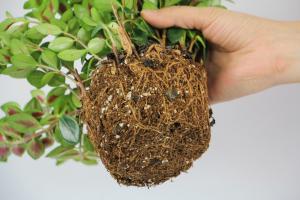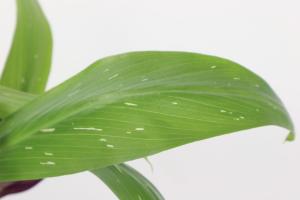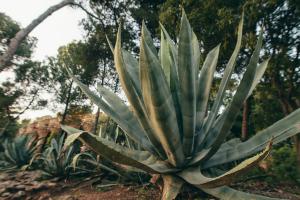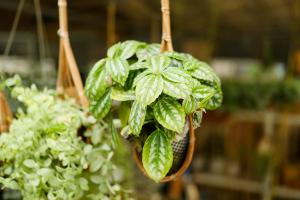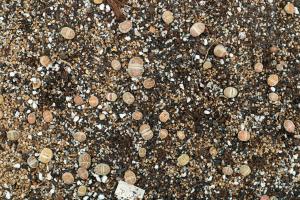1、 Sowing and propagation
Sowing is a common breeding method of seabuckthorn, which is divided into spring sowing and autumn sowing. Before that, it is usually necessary to soak the seeds, which can improve the germination rate. Prepare loose and fertile soil, bury the seeds in it and water them once, which can promote rooting and germination. In order to improve the germination rate, multiple seedlings are often sown when sowing, and then intercropping is carried out after growing
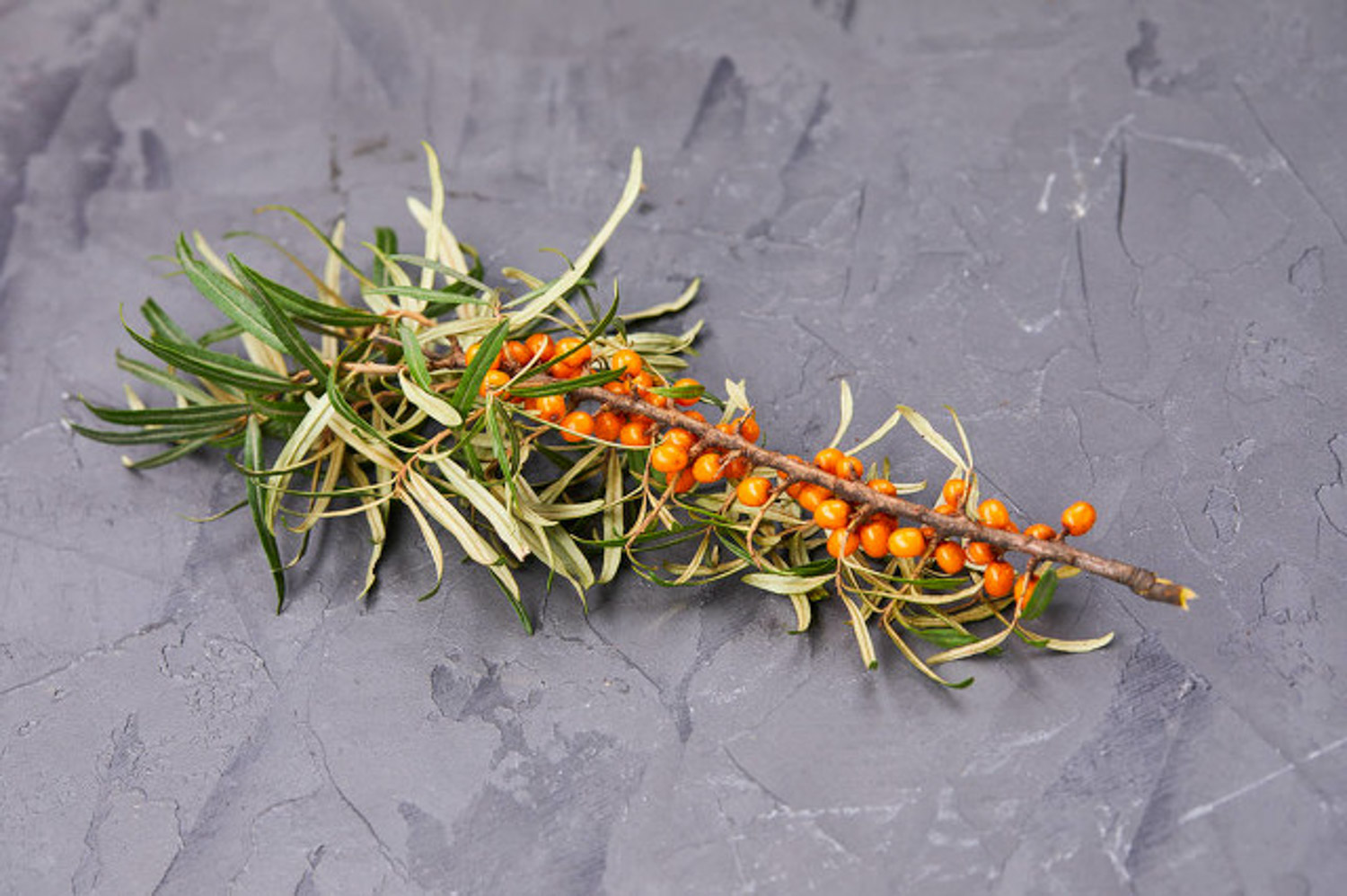
2、 Cutting propagation
Seabuckthorn cuttings are mostly carried out in June. Select semi lignified branches with a length of 7-10 cm. Remove the leaves below it and make the cut flat. Soak its bottom in indole butyric acid solution for 12-24 hours, which can promote the rooting of branches. If the degree of lignification is relatively low, the soaking time can be shortened. Then use peat and sand as the matrix, insert the cuttings on it, and then water it to keep it moist

3、 Grafting propagation
Seabuckthorn grafting is generally carried out in March, and split grafting is often used. The rootstock should use this rootstock, and the thickness of the scion should be similar to that of the rootstock, which is more convenient for the healing of the two. Scions are generally 2-3-year-old branches, which should be cut into 5cm segments, and the lower part should be cut into a wedge, which should be inserted into the incision of the rootstock. After ensuring that the two fit together, they can be bound with plastic tape
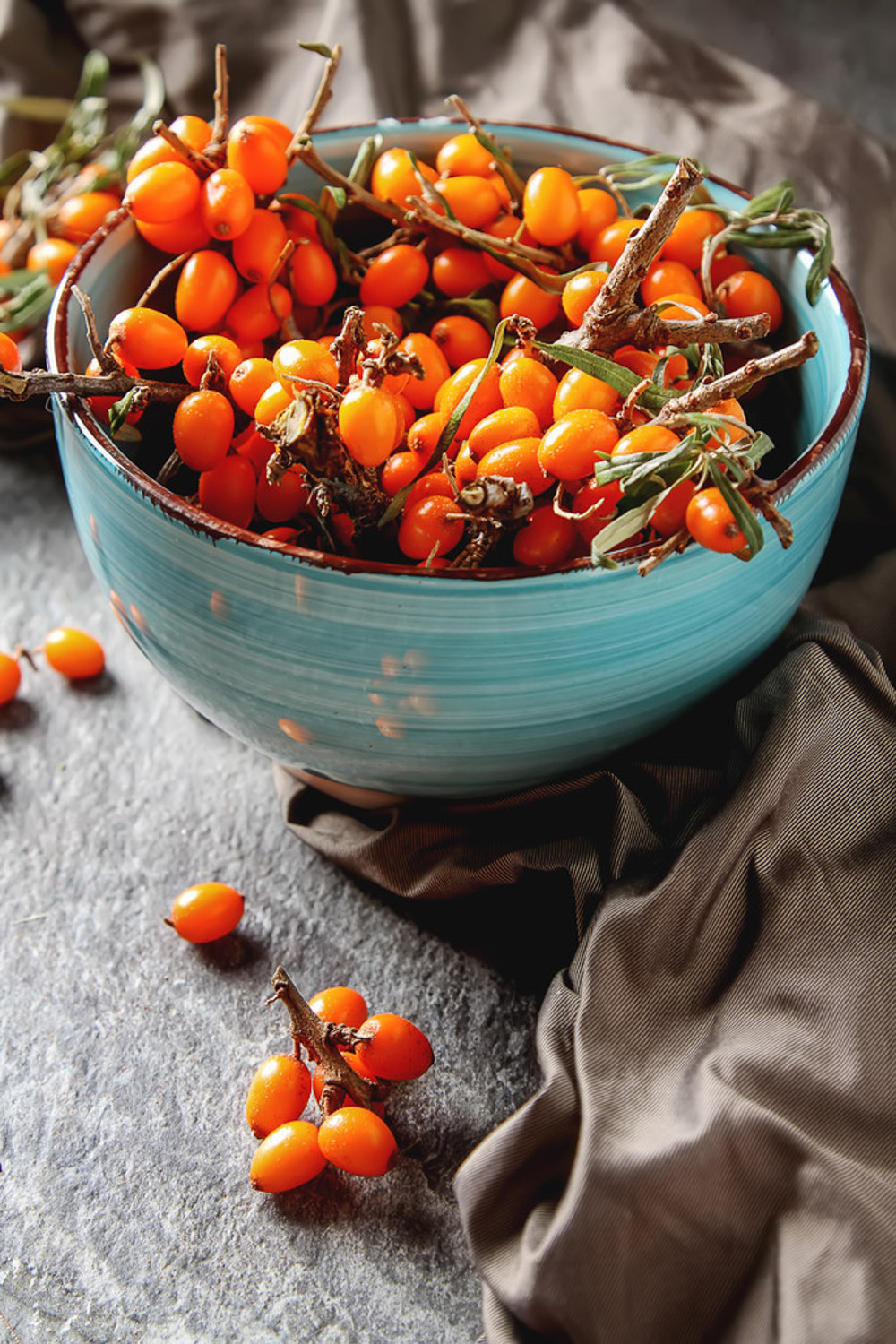
4、 Strip propagation
The pressing of seabuckthorn should be carried out before the bud sprouts in early spring. Cut a two-year-old branch with a length of about 15 cm. Carry out girdling at the base of the branch, then pull the branch down, bury the girdling place in the soil, wait for it to take root and sprout, and then it can be separated from the mother plant

 how many times do yo...
how many times do yo... how many planted tre...
how many planted tre... how many pine trees ...
how many pine trees ... how many pecan trees...
how many pecan trees... how many plants comp...
how many plants comp... how many plants can ...
how many plants can ... how many plants and ...
how many plants and ... how many pepper plan...
how many pepper plan...